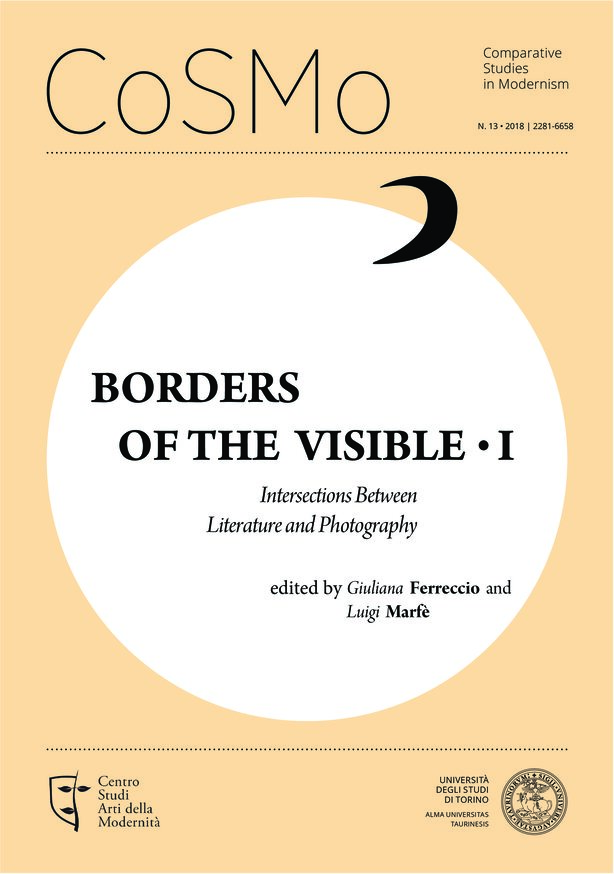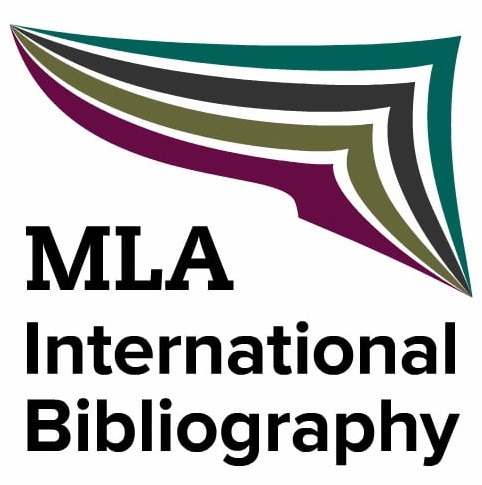The Place of Photography in Testimonial Literature
DOI:
https://doi.org/10.13135/2281-6658/3105Keywords:
Testimony, Deportation, Concentration Camps, Word and Image, RememberingAbstract
It is well-known that photography is absent from the testimonial literature of the survivors of concentration camps, for it was strictly forbidden to take pictures of their imprisonment. As a result, publishers and authors tend to use photographic images of the time before and after, including them as annexes to the book. In these cases, photography seems to maintain its important function of authenticating and objectifying individual testimony. The article will explore the uses of the photographs, the categories of the chosen pictures, and the interaction between photography and text, in order to understand the functions of this practice. Finally, some significant cases of testimonies, in which images are absent, will be discussed to show how the word itself takes over the function of authentic illustration.Downloads
Downloads
Published
Issue
Section
License
Authors keep the copyrights for their work and give the journal the work’s first publication copyright, which is at the same time licensed under a Creative Commons License – Attribution, which in turn allows other parties to share the work with an acknowledgement of the work's authorship and initial publication in this journal.
Content Licence

You are free to copy, distribute and transmit the work, and to adapt the work. You must attribute the work in the manner specified by the author or licensor (but not in any way that suggests that they endorse you or your use of the work).
Metadata licence

CoSMo published articles metadata are dedicated to the public domain by waiving all publisher's rights to the work worldwide under copyright law, including all related and neighboring rights, to the extent allowed by law.
You can copy, modify, distribute and perform the work, even for commercial purposes, all without asking permission.






